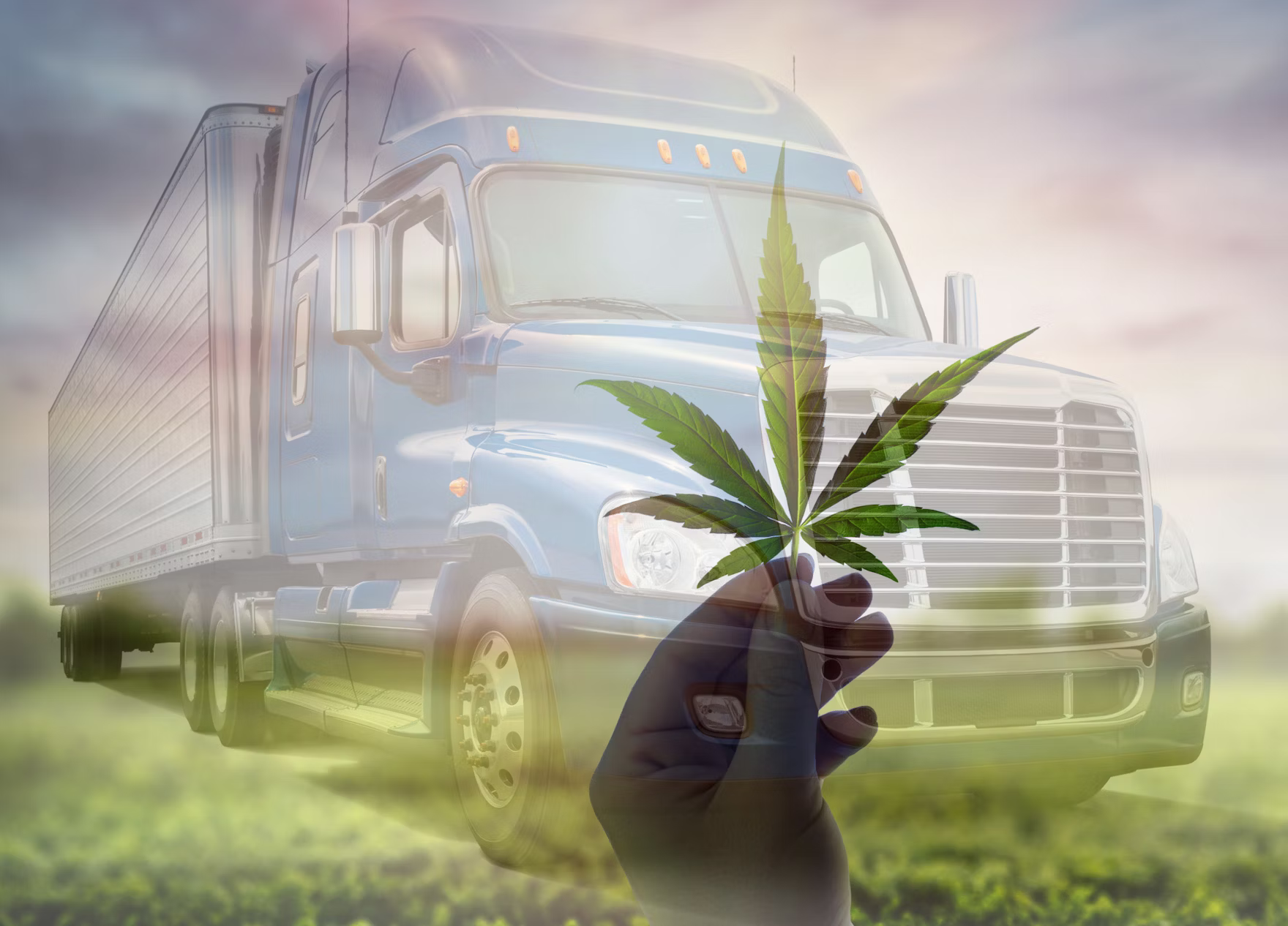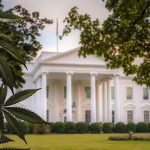As marijuana legalization becomes less politically controversial—currently legal recreationally in 24 states and medically in 39—the transportation industry, particularly trucking, faces new regulatory challenges.
Although former President Trump expressed support in 2024 for marijuana legalization and rescheduling marijuana for medical research, federal agencies like the Department of Transportation (DOT) continue strict zero-tolerance policies for cannabis use by commercial drivers.
The DOT classifies marijuana as a Schedule I drug, enforcing rigorous drug testing protocols including pre-employment, random, post-accident, and suspicion-based screenings. Unlike alcohol, which dissipates within 8 hours, marijuana’s impairment effects can linger for up to 36 hours. THC, marijuana’s psychoactive component, can remain detectable in the body for extended periods—from days to months depending on testing methods.
CBD products further complicate drug tests, as even trace THC levels in supposedly “THC-free” products can accumulate, causing positive test results and career disruptions for drivers. Since 2020, over 100,000 drivers have tested positive, creating a barrier to employment and exacerbating driver shortages.
While there’s debate around the alleged driver shortage—partly linked to challenging working conditions and wage levels—drug testing policies clearly contribute to staffing challenges. Alternative testing methods, such as oral fluid or hair follicle tests, offer potential solutions by providing more accurate results reflecting recent use without penalizing drivers for past, non-impairing consumption. However, these methods still face administrative hurdles and await broader approval.
Future federal decisions, influenced by leadership appointments at agencies like the DEA and DOJ, will significantly shape marijuana’s regulatory landscape and its implications for industries like trucking.






